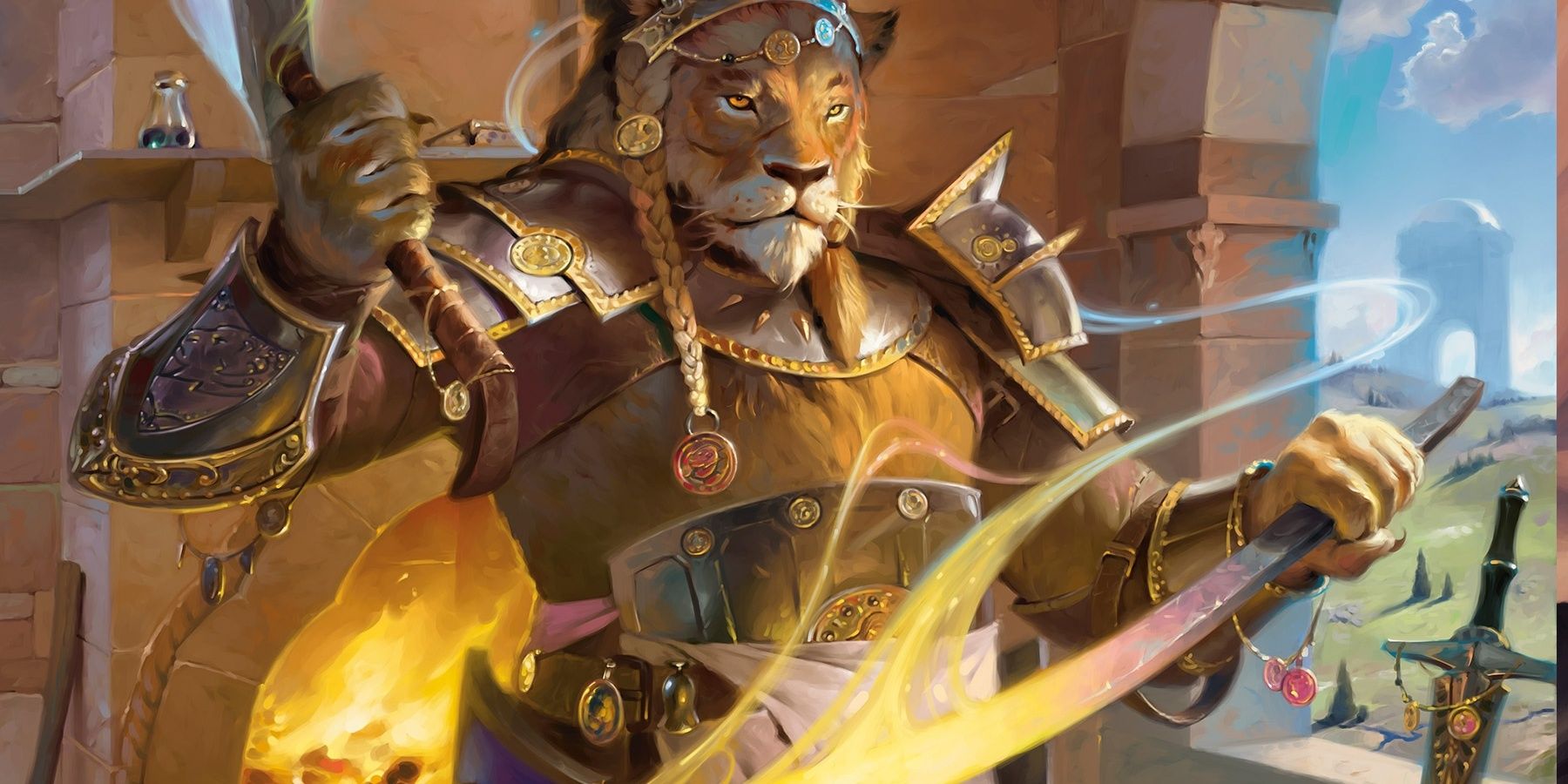

The beasts listed below are related to lycanthropes as they share similar attributes but aren’t one.


The classification of D&D 5th edition lycanthropy is as follows – They resided with the moon elves and wood elves community for numerous years. The oldest lycanthropes are lythari, a natural line of elven werewolves which came into existence during the first elven exploration of Faerun. Others believe that Selûne granted this blessing to the young human orphans to generate survival skills in them.

It’s a speculation that many eons ago, the god Malabar turned barbaric human tribes into lycanthropes and gifting them the attributes of their favorite animals. The characters would try their best to create stories to justify their lost memory. They live in a fugue state with no memory of their activities on a full moon after they turn back into humans. As for some, they are entirely unaware that they are cursed. Some of them master their shape-shifting abilities with incredible difficulty. Their past memories of losing control still haunt those who have control over it. If they lose command over themselves, they’d change permanently and turn into vicious beings who prey on weak people. This curse comes with its own set of problems such as –Įvery month on the full moon, when their animal instincts are at their strongest, the lycanthropes face a test. You can choose this condition for your characters to grant them new proficiencies and challenge them along the way. Moreover, it increases the ability statistics, enables them to change shape, and provides new features. In D&D 5e, lycanthropy is a benefit as it offers the players protection from slashing, piercing, and bludgeoning damage from non-magical or non-silvered weapons.


 0 kommentar(er)
0 kommentar(er)
